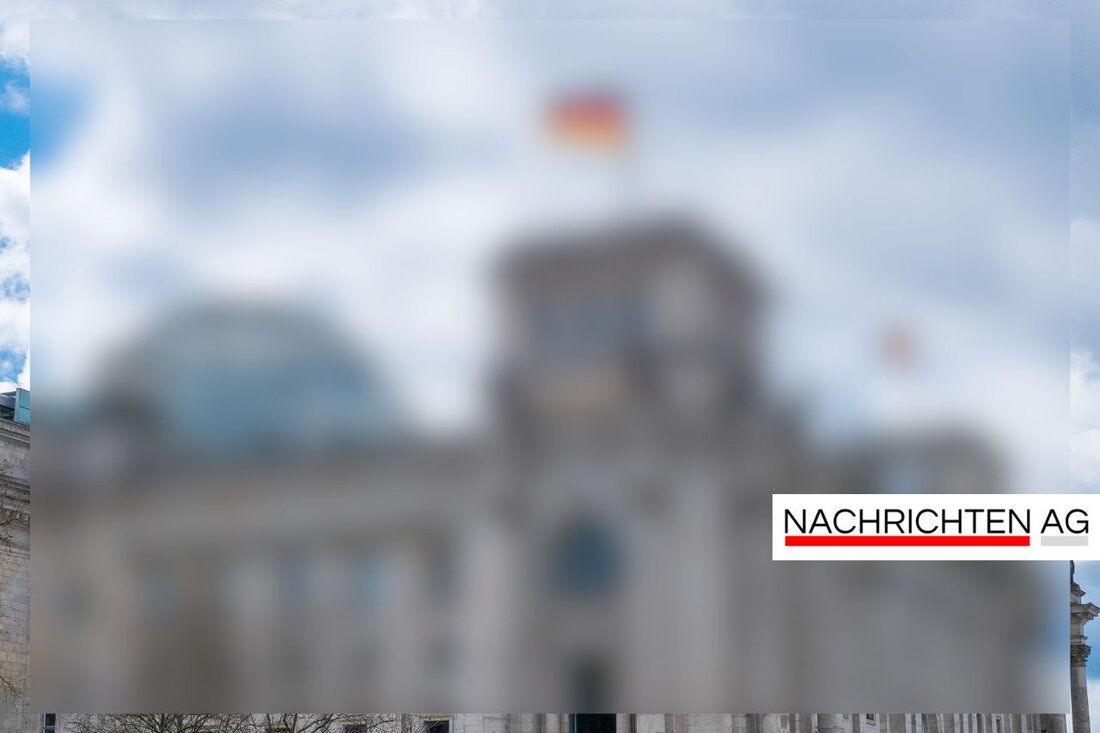The wolf in Lower Saxony: A controversial topic between farmers and politicians!
The article highlights the return of wolves to Vechta since 2014, documents damage to farm animals and political demands for wolf regulation.

The wolf in Lower Saxony: A controversial topic between farmers and politicians!
Since its re-immigration to northwest Germany, the wolf has been an explosive topic that has heated up people's minds. Who would have thought that the return of an animal that was thought to be extinct for over a hundred years would cause so much controversy? The wolf appeared in the region at the end of 2014, which was documented on an organic farm in Großenkneten. Since then, things have continued turbulently: numerous sightings and cracks of livestock occurred in the districts of Oldenburg, Vechta and Cloppenburg. Between December 2014 and February 2015 alone, almost 60 farm animals were killed in the Vechta district, including reports of a “Goldenstedt problem wolf” in autumn 2015.
The situation remained tense in the years that followed. In 2017, the first wolf attacks were reported in Friesland and Wesermarsch, and one wolf appeared in Ammerland, while another was illegally shot in October 2017. Attention was even drawn to a stuffed wolf, which caused wardens in 2018. But the wolves were not idle; From 2019 to 2025, an increase in cracks was documented in several counties, putting a lot of pressure on farmers. Animal rights activists and agriculture found themselves in an endless conflict, which was fueled not least by the increasing number of visitors to the wolf sighting sites.
The pressure on politicians is growing
Against the background of the ever-increasing number of wolf kills and the ongoing protests by farmers, associations such as the German Farmers' Association (DBV) and the German Hunting Association (DJV) are now calling for a U-turn in the federal government's wolf policy. On the occasion of “Wolf Day” on April 30, 2025, they appealed to the government to implement effective wolf management and to use the existing scope to regulate the wolf population. Bernhard Krüsken from the DBV criticizes the high wolf population density in Germany, which amounts to around 3,000 animals, and reports that 6,000 farm animals are killed every year.
Krusken sees the wolf's conservation status as having been achieved and is calling for an official determination that should result in a change in the protection status in the FFH directive. Helmut Dammann-Tamke from the DJV also supports this view and calls for the wolf to be downgraded at EU level as well as rapid intervention management in the event of livestock outbreaks. Another central point of the appeal is the demand for an immediate program to protect grazing livestock, which has met with a lot of approval from the affected animal owners.
Lack of trust in herd protection measures
According to Dr. According to Kay Ruge from the German District Association (DLT), the current management is grossly inadequate. He sees the declining acceptance of wolves, especially in East Germany, and emphasizes that the public needs to be more informed about the problems in agriculture with wolves. Jens Schreinecke, an animal owner from Brandenburg, also described that despite implemented herd protection measures, numerous problems remain and called for more active herd protection.
The fronts between farmers, hunters and the community seem to have hardened, but all sides know that if nothing is done, the gap between animal and nature protection on the one hand and the needs of agriculture on the other could grow deeper. The DBV speaks of political resistance to regulation and calls for an upper limit of around 1,000 wolves per population.
At least a step in the right direction seems to have been taken: With the newly introduced “SchaNa” directive, which promotes herd protection measures, many are hoping that the situation will ease. However, this regulation has met with mixed reactions from farmers, who continue to look for a reliable concept to secure production and grazing livestock. It remains to be seen whether the responsible politicians are up to the challenge and whether a common path can be taken that takes not only the wolves but also the interests of farmers into account.
For the future it is clear: in order to increase acceptance of wolves among the population, only transparent and active management that does justice to both nature and agricultural needs can help. We can only hope that a dialogue will soon take place that promotes a long-overdue understanding of the complementary challenges of nature conservation and agriculture, so that everyone involved can find a solution.

 Suche
Suche
 Mein Konto
Mein Konto